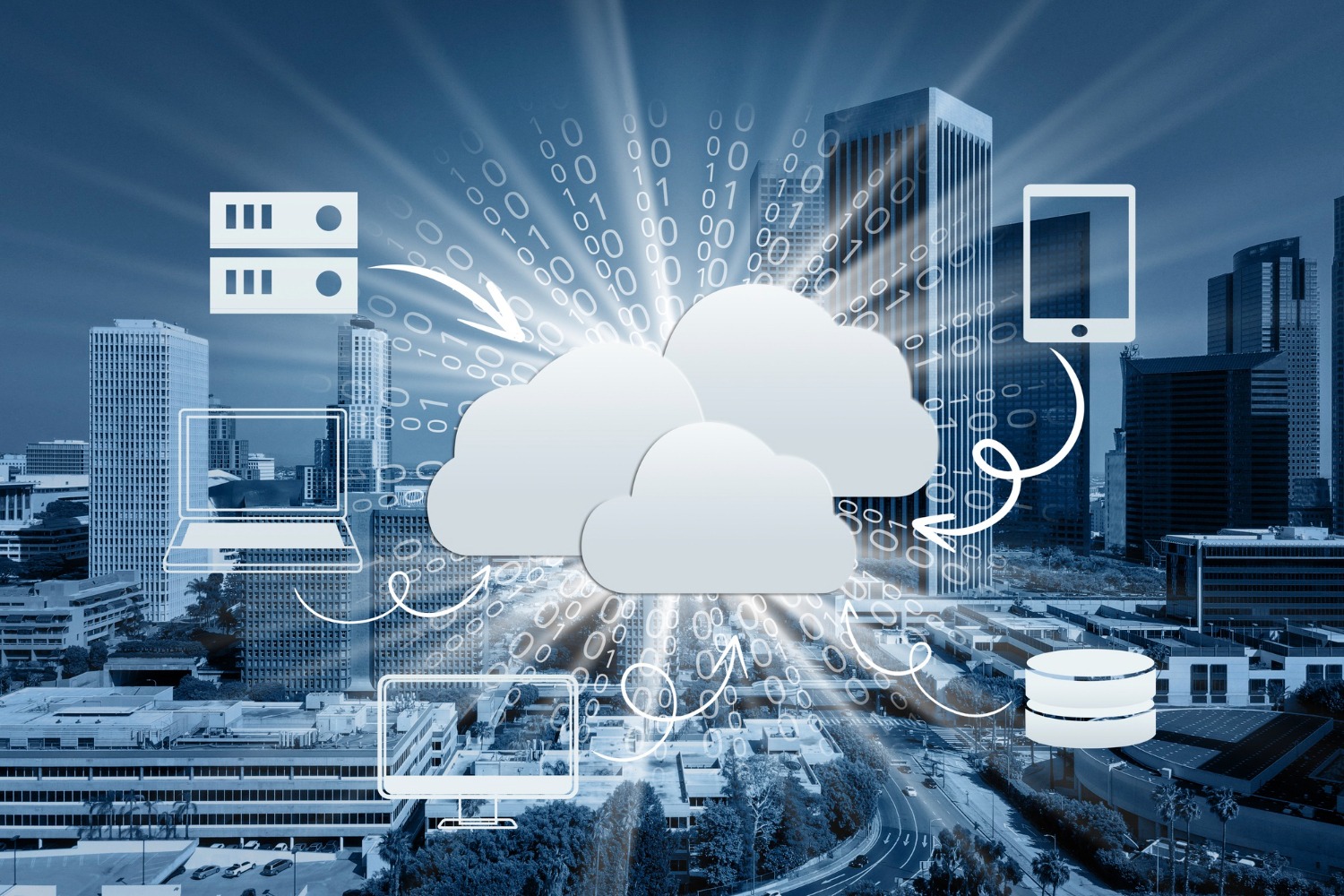Navigating the Future: Should Your Business Go Cloud or Stay On-Premises?
In an era dominated by digital transformation, businesses face a critical decision when it comes to IT infrastructure: Should they migrate to the cloud or stick with traditional on-premises solutions? Both options have their advantages and challenges, and the right choice depends on your organization’s specific needs, goals, and resources. This article explores the key differences between cloud and on-premises solutions, their benefits and drawbacks, and factors to consider when making this pivotal decision.
Understanding Cloud and On-Premises Solutions
Before diving into the pros and cons, let’s define the two models:
- Cloud Solutions: Cloud computing relies on remote servers hosted on the internet to store, manage, and process data. It allows businesses to access applications and services from anywhere, as long as there is an internet connection.
- On-Premises Solutions: On-premises infrastructure involves hosting data, applications, and servers within a company’s physical location. The organization owns, manages, and maintains the hardware and software.
Advantages of Cloud Solutions
- Scalability Cloud platforms provide the flexibility to scale resources up or down based on demand. Whether you’re expanding operations or managing seasonal spikes, cloud solutions adapt seamlessly.
- Cost Efficiency With cloud computing, businesses eliminate the need for significant upfront investments in hardware. Instead, they pay for resources on a subscription or pay-as-you-go basis, reducing capital expenditures.
- Accessibility and Mobility Employees can access cloud-based tools and data from anywhere, fostering collaboration and supporting remote work environments.
- Automatic Updates Cloud service providers handle software updates and maintenance, ensuring that businesses always have access to the latest features and security patches.
- Disaster Recovery and Backup Cloud solutions offer robust disaster recovery options, with data being automatically backed up and stored in multiple locations to ensure redundancy.
Advantages of On-Premises Solutions
- Control and Customization On-premises infrastructure gives businesses complete control over their data and systems. This is particularly beneficial for organizations with unique requirements or strict compliance needs.
- Enhanced Security For businesses handling sensitive or confidential data, on-premises solutions offer greater control over security measures, reducing the risk of unauthorized access.
- Predictable Costs While the initial investment is high, on-premises systems have predictable long-term costs, as there are no recurring subscription fees.
- Performance On-premises solutions can deliver high performance for certain applications, particularly those requiring low latency or intensive processing.
Challenges of Cloud Solutions
- Dependence on Internet Connectivity Cloud-based services require a stable internet connection. Any downtime or connectivity issues can disrupt operations.
- Ongoing Costs While cloud solutions reduce capital expenses, the recurring subscription fees can add up over time, potentially exceeding the cost of on-premises solutions for some businesses.
- Data Security and Privacy Concerns Storing data on third-party servers raises concerns about data security and compliance, especially for industries with stringent regulations.
Challenges of On-Premises Solutions
- High Initial Costs Setting up on-premises infrastructure requires a significant upfront investment in hardware, software, and IT resources.
- Limited Scalability Scaling on-premises systems involves purchasing additional hardware and managing capacity, which can be time-consuming and costly.
- Maintenance and Upkeep Businesses are responsible for maintaining, updating, and securing their on-premises infrastructure, which requires dedicated IT personnel and resources.
Factors to Consider When Choosing Between Cloud and On-Premises
- Business Size and Growth Plans Small to medium-sized businesses or startups may benefit from the flexibility and cost-efficiency of cloud solutions. Larger enterprises with complex needs may prefer the control and customization of on-premises systems.
- Budget and Cost Structure Assess whether your organization can afford the upfront investment of on-premises infrastructure or if a pay-as-you-go cloud model is more feasible.
- Data Security and Compliance Consider the nature of your data and regulatory requirements. Industries like healthcare and finance may require on-premises solutions to meet strict compliance standards.
- IT Resources and Expertise Evaluate your in-house IT capabilities. If your team lacks the expertise to manage on-premises systems, cloud solutions may be a better fit.
- Performance Needs For applications requiring low latency or high processing power, on-premises infrastructure may deliver superior performance.
The Hybrid Approach: Best of Both Worlds
Many organizations are adopting a hybrid approach, combining the strengths of cloud and on-premises solutions. This model allows businesses to store sensitive data on-premises while leveraging the cloud for scalability and flexibility in non-critical areas. By blending the two, organizations can optimize costs, performance, and security.
Conclusion
The decision to go cloud or stay on-premises is not a one-size-fits-all scenario. It requires a thorough evaluation of your organization’s goals, budget, security requirements, and IT capabilities. Whether you choose the cloud, on-premises, or a hybrid model, the key is to align your IT infrastructure with your business strategy, ensuring agility, efficiency, and long-term success in an ever-evolving digital landscape.




